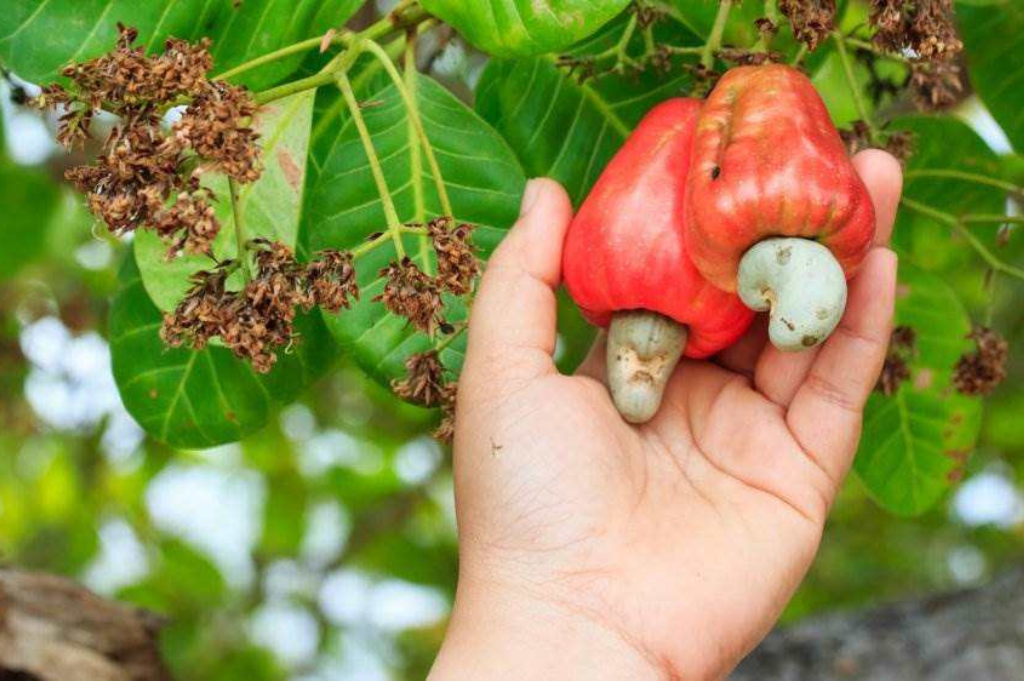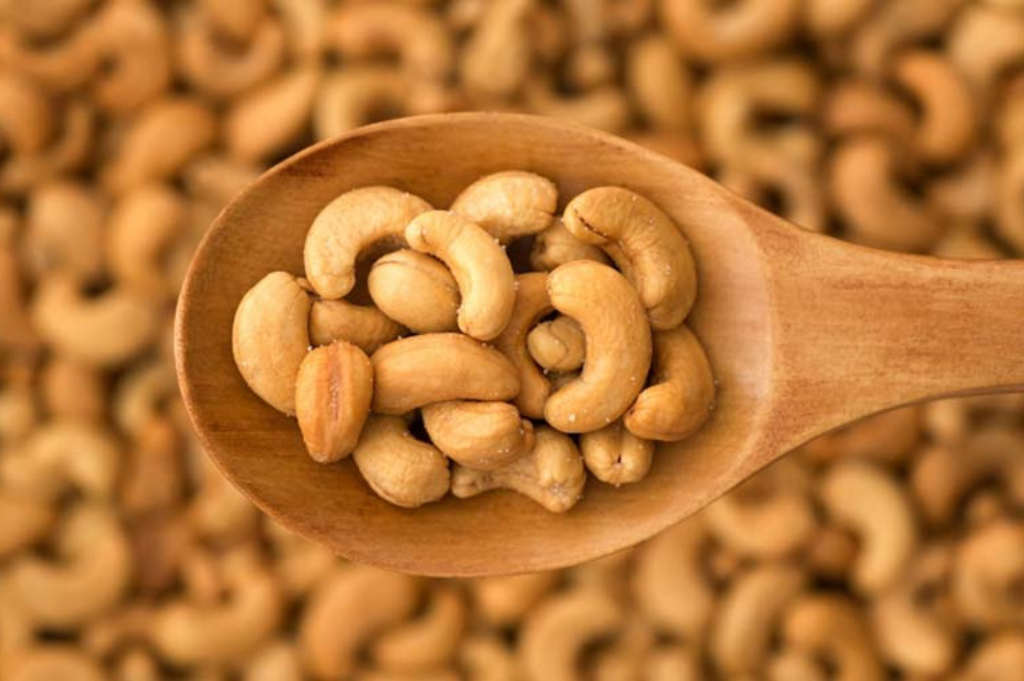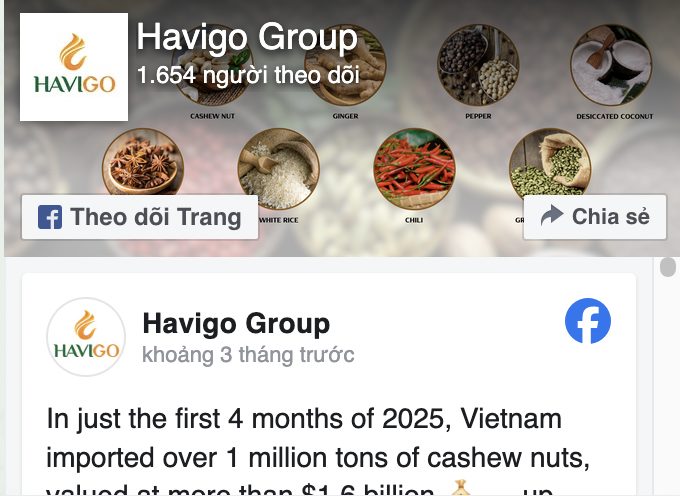White rice is a staple food for billions of people worldwide. Therefore, rice export plays a crucial role in the global food trade. Effective packaging is essential to preserve rice quality, ensure safe transportation, and meet the demands of diverse markets. This post provides insights into the packing of rice for exporting, including materials, weight, packing process and storage conditions.
1. Packing materials and weight of a White Rice bag
Packing materials
The packaging materials significantly impact rice quality and safety. The common option is the PP woven bag. Polypropylene woven bag has high durability, strong impact resistance, and is sturdy. Therefore, it ensures convenient and safe transportation. People can coat it with an extra layer of PP plastic to enhance its moisture resistance and anti-mold features. Especially, the flat, high-gloss surface makes the printing process easy. Product information images, logos, and brand messages become sharper.
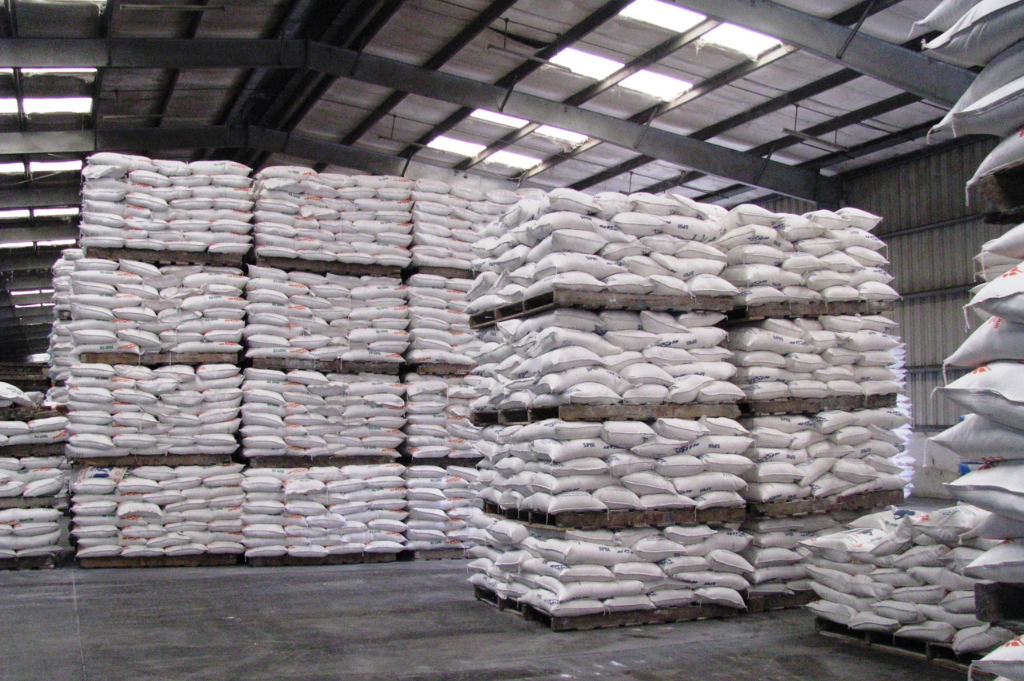
Weight of a Rice bag
The ideal weight of rice packages depends on exporter preferences. Normally, they pack white rice into PP bags, each weighing 50kg. This weight makes it easy to calculate the total weight of the entire batch of rice. Additionally, it’s not too heavy to carry a single bag. For example, 15 tons of white rice equates to 300 bags of rice, which is simple to count when packing in 50kg bags. However, some exporters offer OEM services where they pack rice into bags of different weights based on their customers’ specific requirements.
2. Packing process of White Rice
Rice preparation
First, people clean rice after milling to remove impurities and stones. Then they classify rice by size, color, and quality to ensure uniformity in each bag. Lastly, they check rice for moisture, impurity content, gloss, and taste to ensure it meets export standards.
Packaging preparation
Depending on the market and customer requirements, various types of packaging such as PP bags, PE bags, and kraft bags… can be used. Then they move to the packaging inspection step. Packaging must be new, clean, and free of tears or mold. Also, they print the packaging with information such as product name, weight, origin, expiration date, labels…
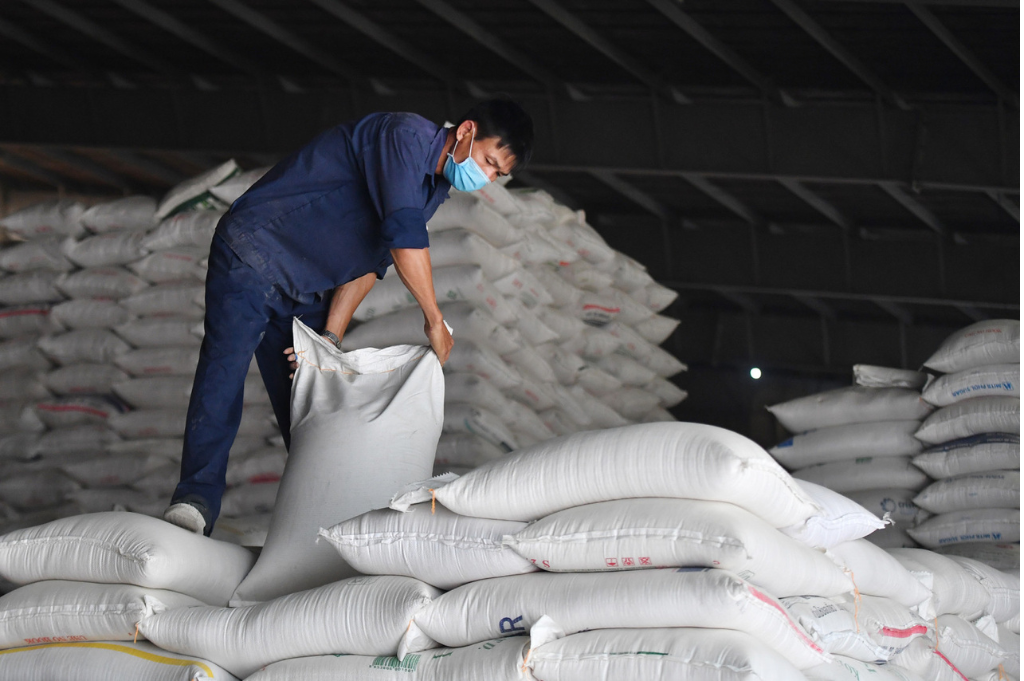
Packaging
People weigh rice accurately according to the weight specified on the packaging. After packing rice into bags, they sew the mouth of the bag tightly to ensure no leakage. Then move to the loading step, rice bags are stacked on top of each other in a tactful way to ensure their form.
3. Storage conditions of Rice while transporting
Proper storage is important to maintain rice quality and prevent spoilage. Here are the main factors to consider:
- Temperature: The ideal temperature should range between 15-25°C
- Humidity: Maintain low humidity levels (below 65%) to prevent moisture absorption and mold growth.
- Ventilation: Ensure adequate ventilation to prevent condensation and mustiness.
- Pest control: Implement effective pest control measures to protect rice from insects and rodents.
- Light exposure: Minimize exposure to direct sunlight.
Conclusion
By carefully considering these factors, rice exporters can ensure that their product is packaged, transported, and stored in a manner that maintains its quality. This also helps to meet international standards and satisfies the demands of global consumers. Effective packaging is a vital component of successful rice export operations.
Havigo Company Limited operates in the field of agricultural export. We wish to bring high-quality Vietnamese agricultural products such as spices, rice, beans, and fruits… to the world. We supply you with high-quality products at the best price. If you find interested in importing premium White Rice from Vietnam, don’t hesitate to get in touch with us for better support via WhatsApp: +84 979 58 58 56.



